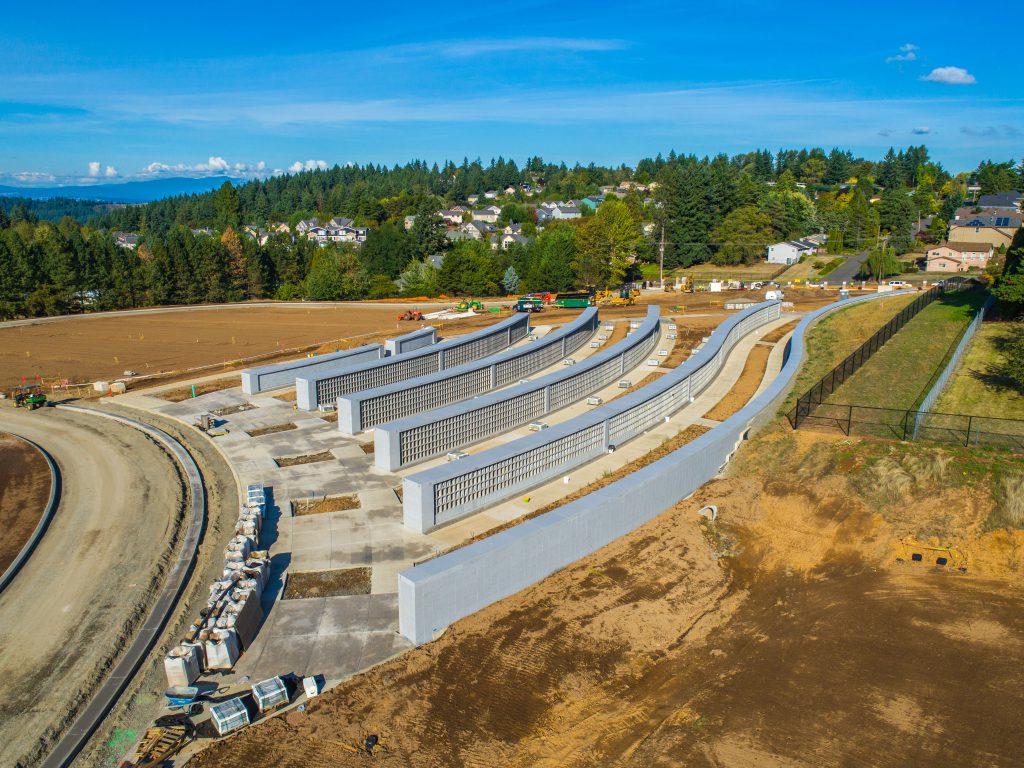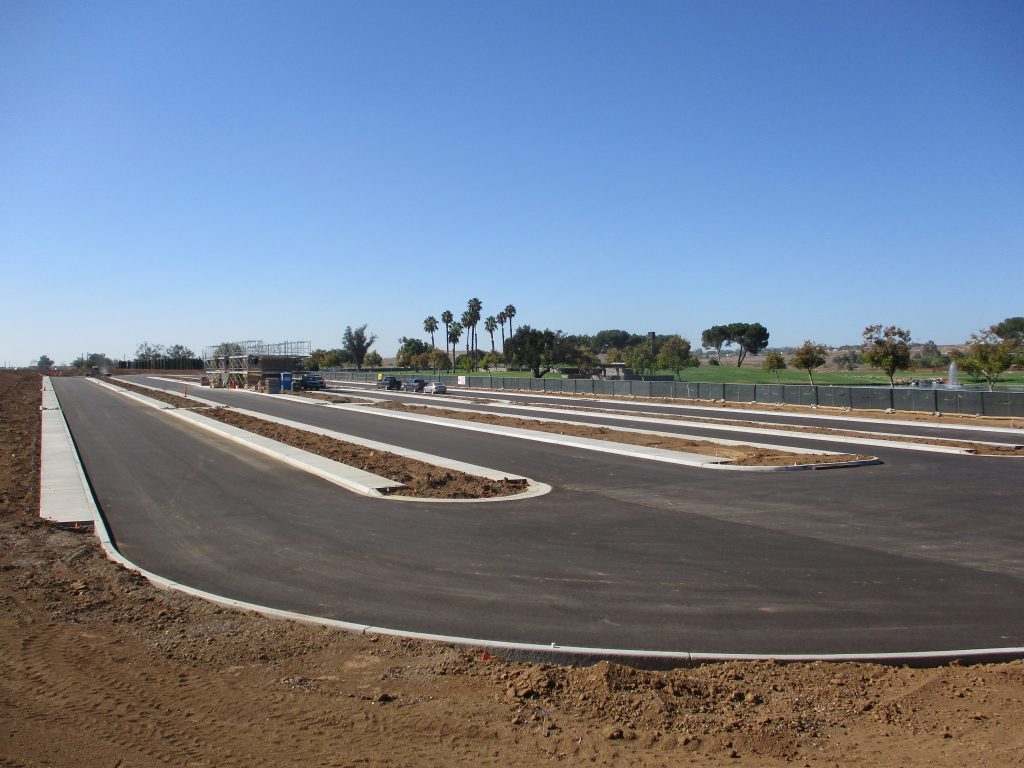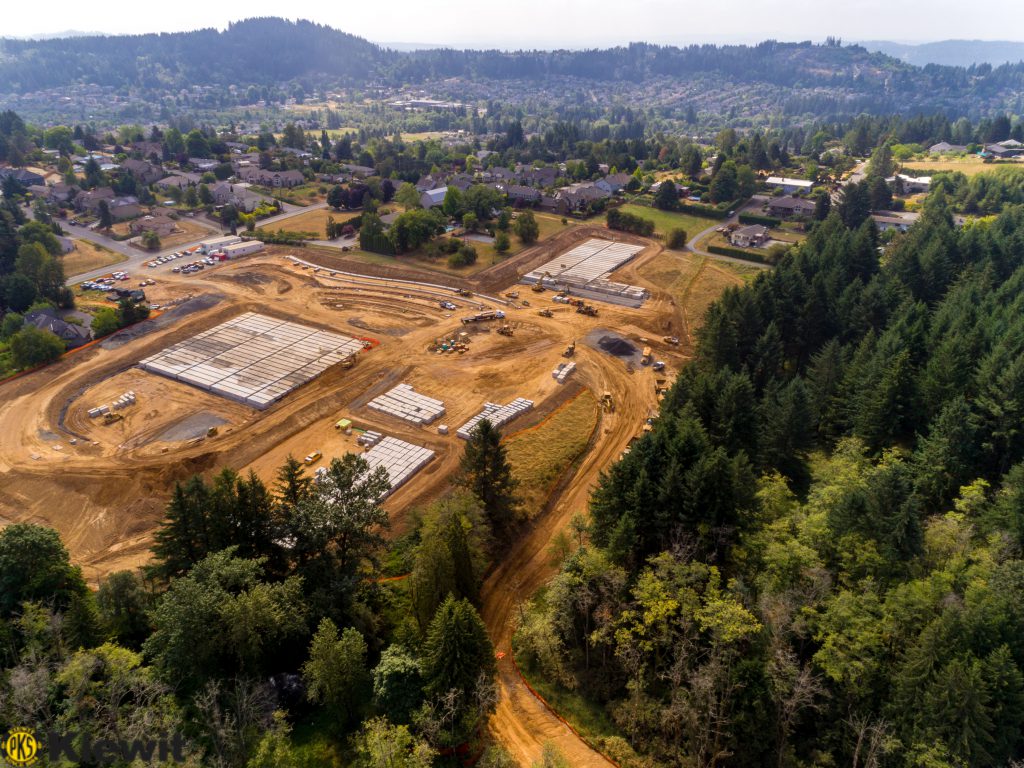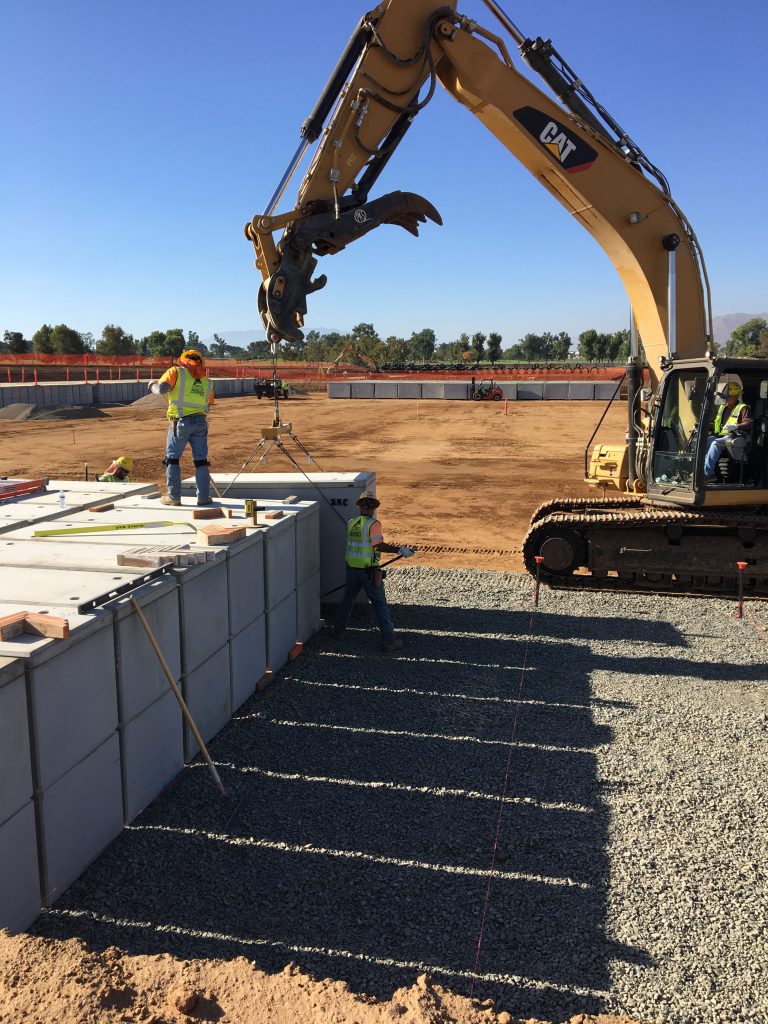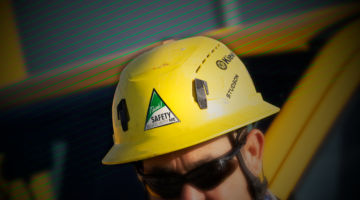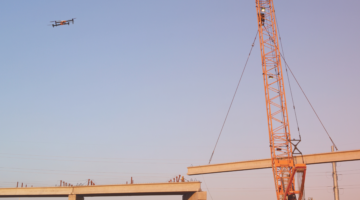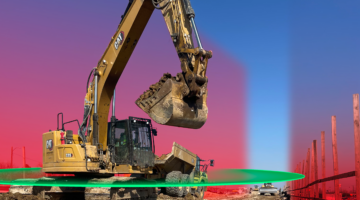On any day at any of our 136 national cemeteries, visitors can hear the sounds of three rifle volleys piercing the air. Each time, they honor the service of a veteran being laid
to rest.
For Kiewit’s staff and craft working on projects at two of the cemeteries, in California and Oregon, the salutes are a sobering reminder of the importance of their tasks.
They also reflect an urgent need to continue to give our veterans the respect they deserve.
Space for some types of interments at California’s Riverside National Cemetery and Oregon’s Willamette National Cemetery is expected to run out by 2020.
In 2018, Kiewit Infrastructure West Co. was awarded design-build contracts by the Department of Veterans Affairs to add another 10 years of burial capacity at each cemetery.
That includes building double-stacked casketed gravesites or crypts where veterans and their spouses can choose to be interred together; in-ground burial sites for cremated remains; and columbarium niches, which are walled structures that hold sealed containers of cremated remains.
Together, the projects will add more than 23,000 burial spaces.
“From the first day the client said, ‘This is not just a road job you guys are used to building. We’re building a national shrine for the heroes to rest in perpetuity,’” said Nick Drury, Willamette project sponsor.
Setting a new precedent
Kiewit faced a unique challenge with these contracts: The company had no precedent for working on a cemetery job.
“We couldn’t just call somebody in the company and say, ‘How do you place these fragile crypts so close to one another, ensuring they fit perfectly at the end of the day?’” Drury said.
“Or, ‘How do you build the columbarium walls with the tight tolerances they require, so by the time the stone façades are put on them the gaps line up absolutely perfectly?’”
While the landscape differs between the two sites — Riverside is flat, and with an 8 percent grade and greater, Willamette is curving and hilly — the teams came together, both to trade construction strategies and develop a friendly competition.
A helpful sounding board
Willamette was the first to break ground on their addition, so members of the Riverside team went to Oregon to look at their progress.
When Riverside began setting crypts, a Willamette field crew member visited to offer another set of eyes and talk them through the process.
“Having two at one time really benefited because we were able to have two teams coming up with ideas at the same time,” said Drury.
The communication and cooperation between the teams have provided a helpful sounding board and extra motivation to work hard, added Riverside Project Manager Evan Phelps.
“Managers were asking both jobs, ‘Hey, how did you do today, where are you at, what was your production today, what did the other job get?’” he said. “There was a lot
of back and forth. We used both jobs to kind of key off of one another.”
Before long, the teams were comparing statistics on how many crypts were placed — and placed within specific tolerances — in one day. (Riverside took the record at 263.)
‘The best lasting impression possible’
Matching a consistency in quality with the existing cemeteries matters a lot.
“Everything on these projects is about creating a final look that shows respect to those who are buried there,” said Drury.
Even though there are design variations with the columbaria, for example, the overarching goal of Kiewit’s work is to make the best lasting impression possible, Phelps said.
Over the course of the project, that’s meant frequent meetings and coordination to consider every detail with the designer, cemetery administration and the Department of Veterans Affairs.
“There’s granite trim and cast stone caps and precast concrete, cast-in-place concrete and stone veneer, and flatwork that all tie together,” said Phelps. “And there are tight tolerances that come together with exact lines, edges, textures and colors.”
A deeply personal project
These projects have been meaningful for every staff and craft member. But for one particular Kiewit employee, the project has been deeply personal.
“The father of one of our foremen, Todd Phillips, who oversaw setting all the crypts and our columbarium work, recently passed away,” Phelps said.
“He’s worked with the cemetery to ensure his father’s remains can go into the columbarium he built. I know he has a lot of pride knowing that his father is going to be buried here at this cemetery.”
